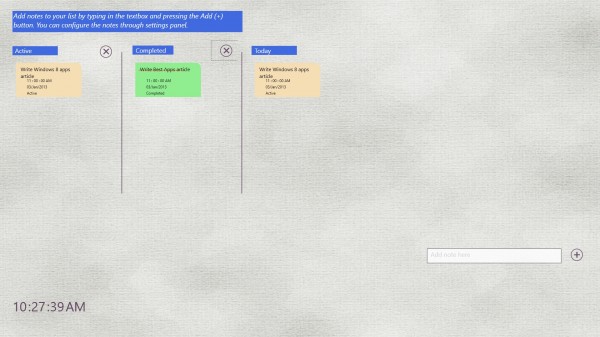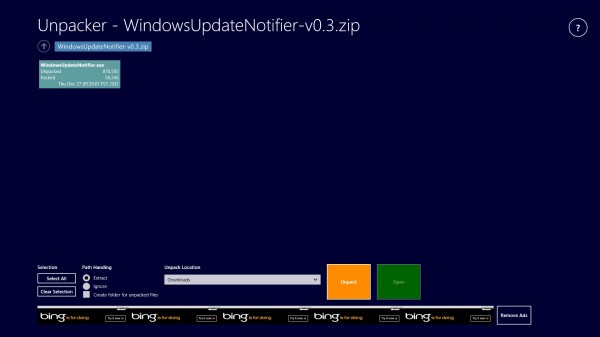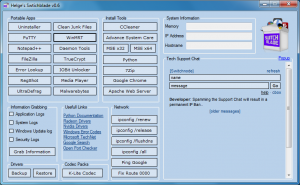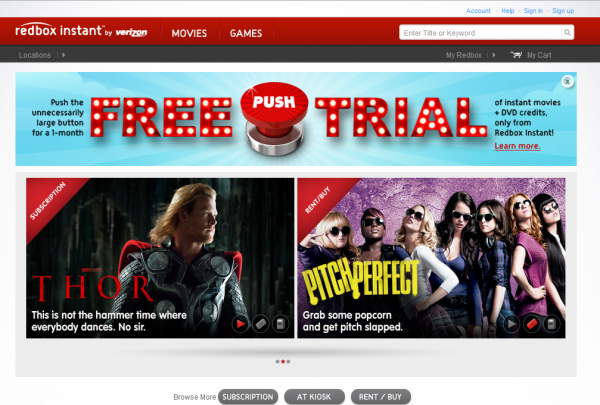 Problems at Amazon Web Services (AWS) caused a major Netflix service failure on Christmas Eve that affected a large portion of US and Canadian subscribers. "Terrible timing" Netflix tweeted as the scale of the problem became apparent. The outage in this case, Amazon said afterwards, was caused by human error -- a developer accidentally deleted some Elastic Load Balancer (ELB) data.
Problems at Amazon Web Services (AWS) caused a major Netflix service failure on Christmas Eve that affected a large portion of US and Canadian subscribers. "Terrible timing" Netflix tweeted as the scale of the problem became apparent. The outage in this case, Amazon said afterwards, was caused by human error -- a developer accidentally deleted some Elastic Load Balancer (ELB) data.
This wasn’t the first high-profile web outage, and it certainly won’t be the last either, but as Randy Clark, UC4 Chief Marketing Officer explains, solutions like DevOps, WebOps and ITPA can all help to limit the problem.
BN: As the concept of DevOps moves more into the mainstream, can you tell me a little bit about what exactly this means in practice and what this development model aims to achieve?
RC: DevOps represents the intersection of software development and IT operations, and is a software development method that puts emphasis on the need for connectedness, collaboration, and integration between these two groups.
The goals of development teams and IT operations teams are often at odds. While development focuses on creating new applications or features as rapidly as possible, IT Operations is concerned with stability, and perceives change as high risk that often introduces unpredictability. There needs to be a reconciliation of the conflict between IT operations that care about the release process and are cautious of the deployment event, and the development teams who try to introduce as much innovation as quickly as possible. DevOps makes for a collaborative and effective environment for native Dev teams and native Ops team to co-exist and work productively with the interests of both parties at the forefront.
BN: We've recently seen some notable outages from companies like Amazon, United Airlines and others. What role does DevOps play in avoiding outages and helping to establish IT resiliency?
RC: Essential to avoiding outages is automatic rollback, which has been the holy grail of deployment automation for a long time. It guarantees your system will not be left unstable due to a botched upgrade process. And that’s the culprit for many of these high profile outages we’re seeing -- a rapid upgrade process, as dictated by constant consumer demands for the biggest, best and fastest service and functionality online. Automatic rollback, in a way, serves as a way to mend the conflict between Dev teams and Ops team, where Dev wants to rapidly push out new applications and features, while Ops takes a more cautious approach. Automatic rollback as part of DevOps makes for a deployment model that is flexible to meet the changing demands of application upgrades and fixes.
BN: What would you pinpoint as the cause for these kinds of outage caused glitches? Are there ways to work around, or perhaps to even predict, them?
RC: Business processes, applications and computing infrastructures are growing too intertwined and dependent on each other. These inter-dependencies, which represent potential breakage points, have become beyond human ability alone to manage, and IT organizations are now forced to deal with these new realities while Cloud, Big Data, and ITaaS pressures get added to the mix. With all these moving parts, it’s the process and process control that needs to act as the IT backbone.
The solution: IT process automation. ITPA keeps track of the complex inter-dependencies between applications, infrastructure and business workflows to help identify, and even predict and work around, problems before they occur.
BN: As more organizations adopt DevOps models to establish collaborative environments amongst Development teams and IT Operations teams, what are some of the pain points that still exist and how can businesses address them?
RC: The most effective way to reconcile speed and control is automation. And as application changes have brought about the biggest challenge in IT, so will automating the application delivery process, end-to-end fix the biggest challenge in DevOps. Application Release Automation (ARA) technology is the sure way forward in the transformation of the way Dev and Ops hand over applications between them and collaborate. ARA provides mechanisms for packaging software artifacts and tracking them between Dev and Ops, Visual automation workflows that Dev creates and Ops controls and a model that lets them collaborate effectively to deliver applications to production in a continuous way. ARA is the key to DevOps, as it fixes the biggest pain points in Dev and Ops collaboration.
BN: UC4 and CollabNet recently announced a partnership aimed at bringing to market the first scalable enterprise DevOps solution. What were some of the drivers behind this collaboration and what are the intended outcomes for people who implement the joint solution?
RC: The main driver behind our partnership with CollabNet was to essentially fill an unmet need to bring to market an enterprise DevOps solution at-scale. The joint offering provides the automation, scalability and governance enterprises need to bring development and IT Operations closer together to deliver software faster and reduce IT costs.
As DevOps and Continuous Delivery gain traction and adoption increases, IT organizations need strong governance, cross-team coordination and traceability to succeed and scale these initiatives across the enterprise. Our joint solution provides exactly that. Through a single-pane-of-glass interface, IT organizations can now automate and streamline the entire application development, build and deployment lifecycle to improve software agility, productivity and team collaboration.
BN: As more organizations are realizing the DevOps promise of reduced risk and improved deployment, in a rapidly changing IT operations landscape, what can we expect to see next?
RC: Though still nascent, WebOps is the new wave of the IT future. WebOps is a superset of DevOps. While DevOps handles strictly deployment, WebOps goes beyond that into managing the business activity of the application, ensuing proper infrastructure capacity for that process, automating systems software in general, such as CRM systems, database servers, and ERP systems. As TechTarget contributor Matt Heusser wrote after a discussion about WebOps with UC4 CEO, Jason Liu, "Given the increasing pressure companies are under to deploy more quickly with less risk, I have to say WebOps has a certain ring to it. Consider WebOps as an orchestrator for moving from enterprise DevOps to integrated cloud-enterprise application management. It could make moving the entire infrastructure to the cloud and automating it less scary".
Photo Credit: Igor Zh /Shutterstock






















 Second in a series. A friend of mine who is a securities lawyer in New York worked on the 1985 sale of 20th Century Fox by Marvin Davis to Rupert Murdoch. He led a group of New York attorneys to Los Angeles where they spent weeks going over contracts for many Fox films. What they found was that with few exceptions there were no contracts. There were signed letters of intent (agreements to agree) for pictures budgeted at $20-$50 million but almost no actual contracts. Effectively business was being done, movies were being made, and huge sums of money were being transferred on a handshake. That’s how Hollywood tends to do business and it doesn’t go down very well with outsiders, so they for the most part remain outside.
Second in a series. A friend of mine who is a securities lawyer in New York worked on the 1985 sale of 20th Century Fox by Marvin Davis to Rupert Murdoch. He led a group of New York attorneys to Los Angeles where they spent weeks going over contracts for many Fox films. What they found was that with few exceptions there were no contracts. There were signed letters of intent (agreements to agree) for pictures budgeted at $20-$50 million but almost no actual contracts. Effectively business was being done, movies were being made, and huge sums of money were being transferred on a handshake. That’s how Hollywood tends to do business and it doesn’t go down very well with outsiders, so they for the most part remain outside.

